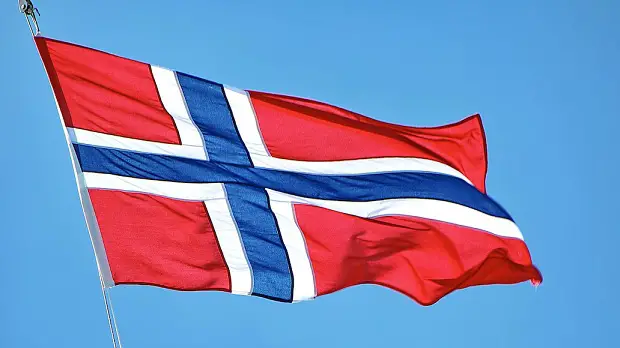In a statement released on Friday, the Norwegian Petroleum Directorate (NPD) said that a Norwegian research team has discovered a massive deposit of minerals and metals under the seabed of the Nordic country’s sprawling continental shelf.
The deposit opens up the possibility that the nation will now be able to extract, “substantial” quantities of minerals ranging from copper to rare earth minerals, adding to the bottom line of a nation which is already one of the world’s largest oil and gas exporters.
Kjersti Dahle, director of technology and analysis at NPD said, “Of the metals found on the seabed in the study area, magnesium, niobium, cobalt and rare earth minerals are found on the European Commission’s list of critical minerals.”
Preliminary estimates indicate that the remote areas of the Norwegian Sea and Greenland Sea contain 38 million tons of copper, 45 million tons of zinc, 2,317 tons of gold, and 85,000 tons of silver.
It is estimated that encased in the manganese crusts which have formed over the bedrock throughout millions of years, there will be roughly 24 million tons of magnesium, 8.4 million tons of titanium, 3.1 million tons of cobalt, 1.9 million tons of vanadium, 1.7 million tons of cerium, a rare earth metal important in the manufacture of alloys, and other rare earth metals including neodymium, yttrium and dysprosium.
Dahle said, “Costly rare minerals such as neodymium and dysprosium are extremely important for magnets in wind turbines and the engines in electric vehicles.”
Opening its offshore areas to deep sea mining will require the approval of the country’s parliament, a process which is presently ongoing. However it has sparked environmental concerns. Environmentalists are calling for the process to be paused so that more study can be done on the organisms living on the seabed, and the environmental impact of the mining.

